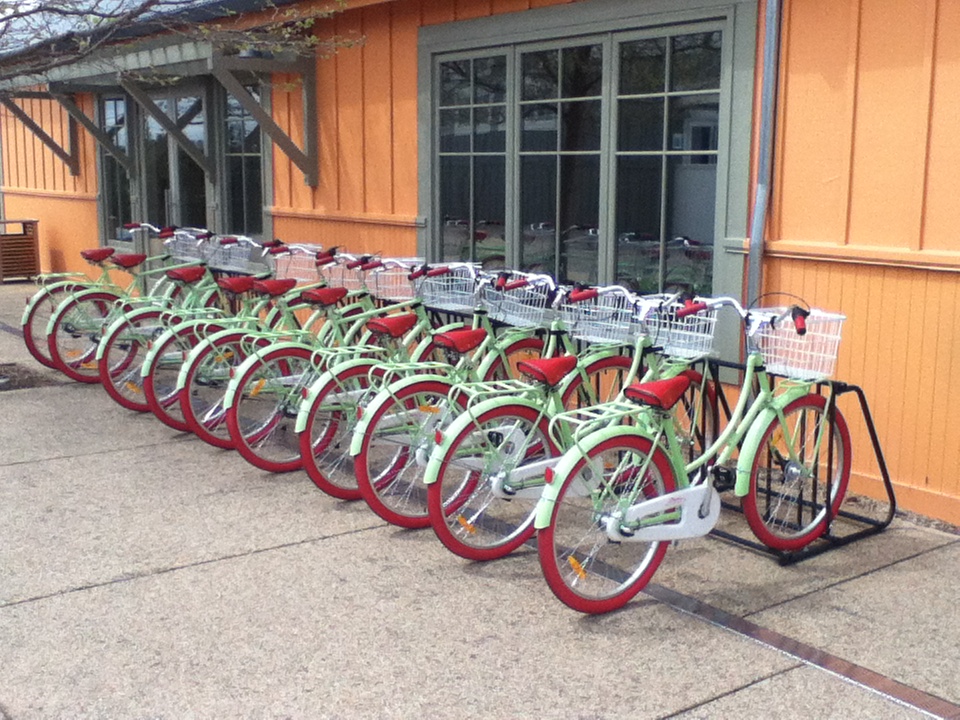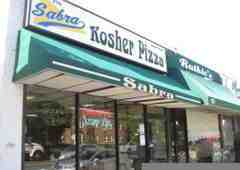by Kim Garst of Boom Social
What kinds of Facebook Ads are there?
Right now, Facebook has a total of 27 different ad products and this past week, they made an announcement that in coming weeks and months, they will be working to simplify their advertising products by reducing the number of options in half in order to provide a more focused experience for their business customers.
The reason there are so many different kinds of Facebook ads is that each different ad product is optimized and placed to achieve a different goal. This is why part of the process of making your Facebook Ads more effective is to make sure you are super clear about what your goals are, so that you choose the ad type (not to mention copy and graphics) that will be most effective to help you reach your goals. Businesses may have an in-house team to tackle these ad processes in efforts to return investments, or they hire the help of a Facebook ads agency that is clear on how to make different ads work for particular businesses.
How to Personally Use Facebook Ads to Boost Your Business
1. Know your ideal customers and target your ad to them
The success of your Facebook ad – no matter what kind you are using – seriously depends on making sure it is seen by the people most likely to take the action you want. Whether you want people to LIKE your page, engage with your content, or you want your leads to convert into paying customers, targeting is critical. In this case, the more specific you can be about your ideal customer, the more effective your ad will be.
Another way you can target your ideal customer is to use Facebook’s “Custom Audiences” feature. This allows you to upload your e-mail list to Facebook and select them as your target audience for your Facebook ad. Given that your e-mail list includes people who have opted in to receive more marketing from you, chances are good that advertising to this audience will lead to significantly higher conversions.
2. Use Facebook Offers to accelerate lead generation – not sales
For people who are new to Facebook advertising, it might seem like you want to advertise your product or service right away, right?
It might seem crazy, but work with me here.
Instead, try using a Facebook Offer to promote something valuable you are giving away for FREE – in exchange for users’ name and e-mail address. This will grow your e-mail list and give you a highly targeted list of people who are more likely to be interested in buying your product or service when you send them an e-mail about your latest product launch or service.
3. Grow your audience by using ads to boost your Page Likes
Facebook advertising is a step by step process. As I mentioned in the previous step, it’s about attracting specific prospects to your page and building a community to engage with. Then, when you advertise your product or service, you are more likely to be seen as an expert with valuable content, and they will be more likely to purchase from you.
Facebook Like ads are useful if you are in the beginning of this process, trying to build or grow your community. Keep your ad copy short and to the point, making it as clear as possible what the benefit of liking your page is.
4. Use powerful images
The best images with Facebook ads are those that are clear and enticing. Many studies have suggested that a clear picture of an attractive woman or a beautiful outdoor setting like a beach are the best kinds of pictures. Pictures of appetizing food also pull well IF it relates to your business. Choose a picture that is appropriately sized so the details are not lost because it is too small. Backgrounds have an impact on the image as well. Take pictures of interesting backgrounds to enhance the appeal of the picture. For example, food photography backdrops uk or similar ones could be used to highlight the color and style of food in a snap.
5. Use A/B testing to refine your results
A/B testing might sound complicated, but honestly – it is no more than having 2 versions of your ad and checking results against each other to make sure it is as effective as it can possibly be.
There is just one key thing you need to remember. When you test one ad against another, you want to make sure you are changing only 1 variable at a time. If you are testing 2 different pictures, keep the same headline and copy. If you are testing 2 different headlines, keep the same picture and ad copy.





Recent Comments